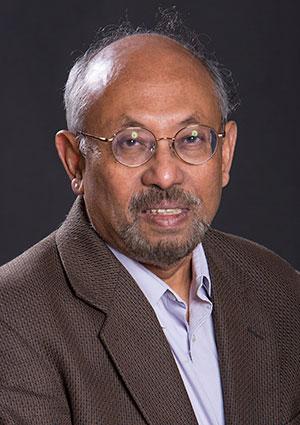
Structure recovery from angular correlations of intensities
A circumstance where the angular correlation are useful in the attempt to recover structure from randomly oriented particles in an XFEL. We will show that in this case the number of particles illuminated is almost irrelevant.This is particularly important since x-ray are not strong scatterers off matter. In x-ray crystallography, when x-ray scatter off crystals they scatter off trillions of molecules. Yet reconstructed is just a single molecule. This enables something similar to happen with disordered molecules. to overcome the intensity deficit. Note that we can work with incoherent intensities. because correlations allow the recovery of phases as Hanbury Brown and Twiss showed in astronomy. Note that two distinct algorithms are proposed from the recovery of structure from correlations. The method of Kam and Saldin et al, which depends on the great othogonality theorem of group theory, and the method of Kurta et al. which depends on the convolution theorem. I am particulary interested in the latter method as it allows for the possibility of finding the full solution to the phase problem.
Dilano Saldin obtained his BA in 1971 and his a PhD in Materials in 1975, both from the University of Oxford. From 1976 to 1981 he worked there first as a junior research fellow and then as a lecturer. In 1981 he started working as a research fellow at Blackett Laboratory, Imperial College, University of London, where he stayed until 1988. Since 1988, Saldin has been at the University of Wisconsin-Milwaukee, where he is now a Distinguished Professor. From 2000 to 2001 and from 2002 to 2008 he was Chair of the Department of Physics. As a result of his research, Saldin holds two atomic imaging patents. He is consultant to the commission on Electron Diffraction, International Union of Crystallography, and to a major Japanese electronics company in the area of electron holography. He is a member of the editorial board of Journal of Holography and Speckle. Dr. Saldin is a member of the National Science Foundation Science and Technology Center on ‘Biology with X-Ray Lasers’ and his current research is also supported by a regular NSF grant in Molecular and Cellular Biophysics.
